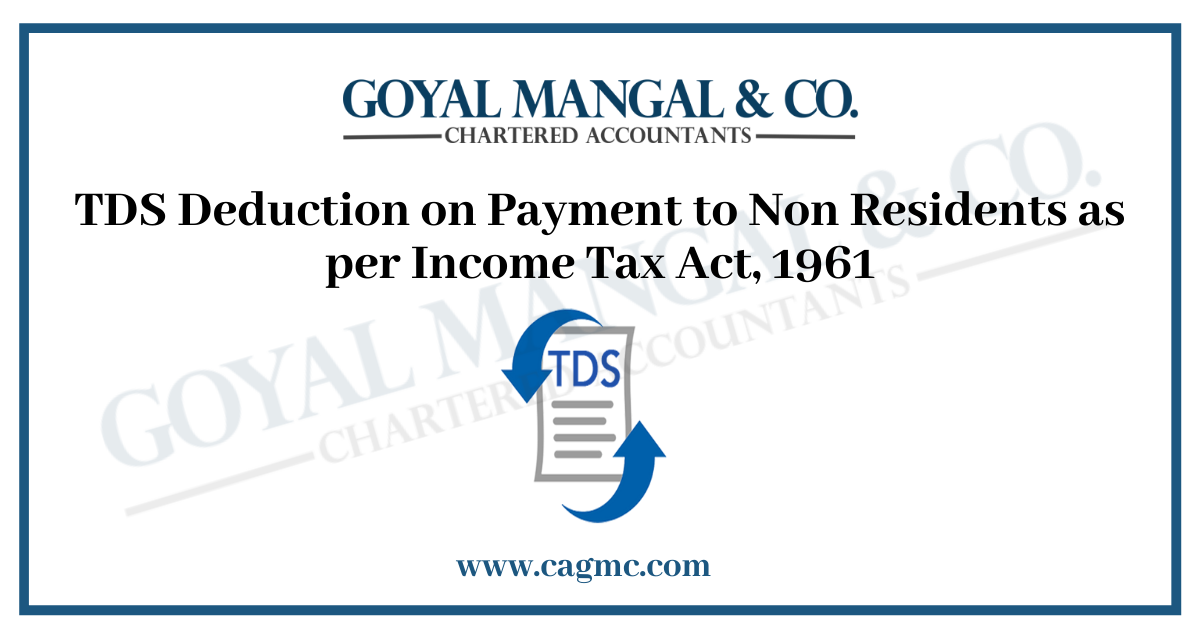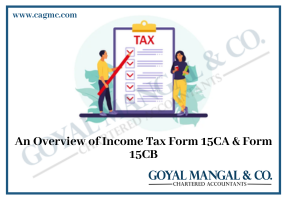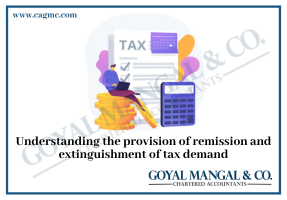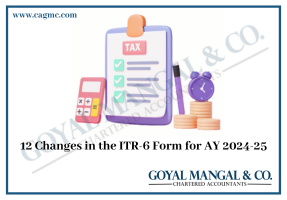
TDS on payments made to non-residents is always a difficult matter. The income tax regulations for residents and non-residents (NRIs) differ slightly. Section 195 of the Income Tax Act, 1961 (the Act) specifies tax breaks for non-resident Indians (NRIs). This section discusses the tax rates and deductions applicable to everyday commercial transactions with a non-resident. In this article, we’ll discuss the TDS Deduction on Payment to Non Residents.
TDS Deduction on Payment to Non Residents
Section 195 of the Income Tax Act, 1961 requires tax to be deducted at the source before making payments to a non-resident. It allows for the deduction of tax on payments such as interest or any other taxable sum. Section 195 requires any person who is responsible for paying any interest or other sum subject to tax to deduct tax at source. This applies whether the payment is made to a non-resident (except a business) or a foreign company.
Furthermore, whether a person is a resident or a non-resident, he or she is under an obligation to deduct tax at source before making a payment to a non-resident if the payment is taxable in India in the hands of the non-resident. Moreover, by removing the sum before making the payment to the non-resident, it helps to minimize income loss.
Payer and Payee under Section 195 of the Income Tax Act, 1961
Section 195 of the Income Tax Act, 1961, defines the terms “payer” and “payee,” which also proves to be a significant provision of the Act. The individual remitting the payment to a non-resident payee is the payer. Individuals, Hindu Undivided Families, firms, non-residents, foreign company, persons with exempt income in India, and any juristic person, whether or not that person has income chargeable to tax in India, are all eligible to pay. The payee is a non-resident who does not have a permanent address.
The payer might be:
- The Individual
- Undivided Hindu Family
- Firms
- Non-residents
- Foreign Companies
TDS in the relevance of Section 11 of the Income Tax Act, 1961
The following are a few key considerations to keep in mind while evaluating a deduction under Section 195 of the Income Tax Act, 1961:
- Before making a tax payment, the payer must get a Tax Deduction Account Number (TAN). This is covered by section 203A of the Income Tax Act and can be accomplished by submitting form 49B. For the purpose of tax payment, the deductor’s TAN must be provided.
- The remitter must receive form 15 CB from a Chartered Accountant and file form 15CA online via the Income Tax Website. This must be completed for each remittance.
- When making a payment to a non-resident, tax must be deducted at the source. It is critical to provide the non-PAN. resident’s
- The tax deducted at source by the payer must be remitted through challan on or before the 7th of the month following the month in which it was deducted.
- The tax can be deposited at banks approved by the government or the income tax department.
- Following the deposit of the tax, the payer must complete a TDS return on a quarterly basis. For example, the TDS return for tax deducted during the first quarter, from April 1st to June 30th, must be filed by July 15th.
- The payer can issue a TDS certificate after filing the TDS return.
TDS Rate’s in consonance with Section 195 of the Income Tax Act, 1961
TDS rates as per Section 195 of the Income Tax Act, 1961 are enhanced by the relevant education surcharge and surcharge. There is no extra education cess or fee for contributions made at DTAA rates.
The TDS deduction rates applicable under Section 195 of the Income Tax Act, 1961 are as follows:
| Serial Number | Particular | Rate of TDS |
| 1. | A NRI’s income from Investments | 20% |
| 2. | For an NRI, income from long-term capital gains is taxable under Section 115E | 10% |
| 3. | Long-term Capital Gain Income | 10% |
| 4. | Section 111A, capital gains on short-term capital gains | 15% |
| 5. | Any additional income resulting from long-term capital gains | 20% |
| 6. | Interest is due on foreign currency borrowed funds | 20% |
| 7. | Income from royalties by the government or an Indian company | 10% |
| 8. | Income from royalties other than those given by the taxpayer or an Indian company | 10% |
| 9. | Fees for technical services given by the taxpayer or an Indian company | 10% |
| 10. | Income from other sources | 30% |
Penalties for Non-Compliance of Section 195 of the Income Tax Act, 1961
The following are the consequences of failing to comply with the conditions of Section 195 of the Income Tax Act, 1961:
- If the tax is not deducted at the source, the specific item will be disallowed under section 40 (a) (i).
- Moreover, if the government deducts the tax but it is not payable within the time constraints, interest at the rate of 1.5 percent per month or part of a month will be charged from the date of deduction to the date of deposit.
- If TDS is deducted but not paid, a penalty equal to the TDS amount is imposed.
- In the event of a tax shortfall, a penalty equal to the difference between the actual amount deductible and the amount actually deducted would be imposed.
Endnote
This provision focuses on the tax deductions and rates that are involved in the day-to-day commercial activities of a non-resident citizen of India. Section 195, applies to all forms of income. The Act establishes a method to offset revenue loss due to a foreign resident’s tax burden by deducting an equal amount from payments provided to them at the point of origin. As a result, this item shows to be one of the most important provisions for business people and company.







